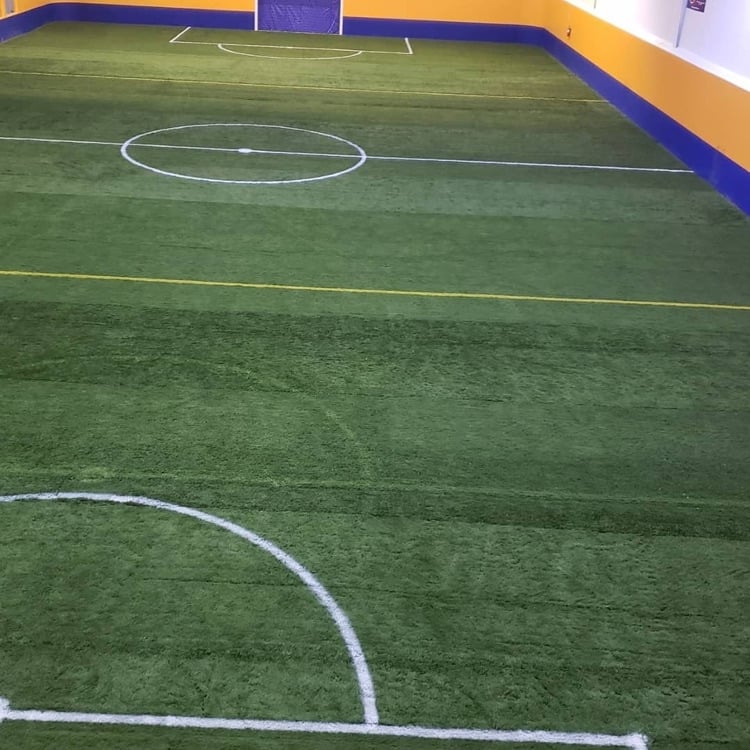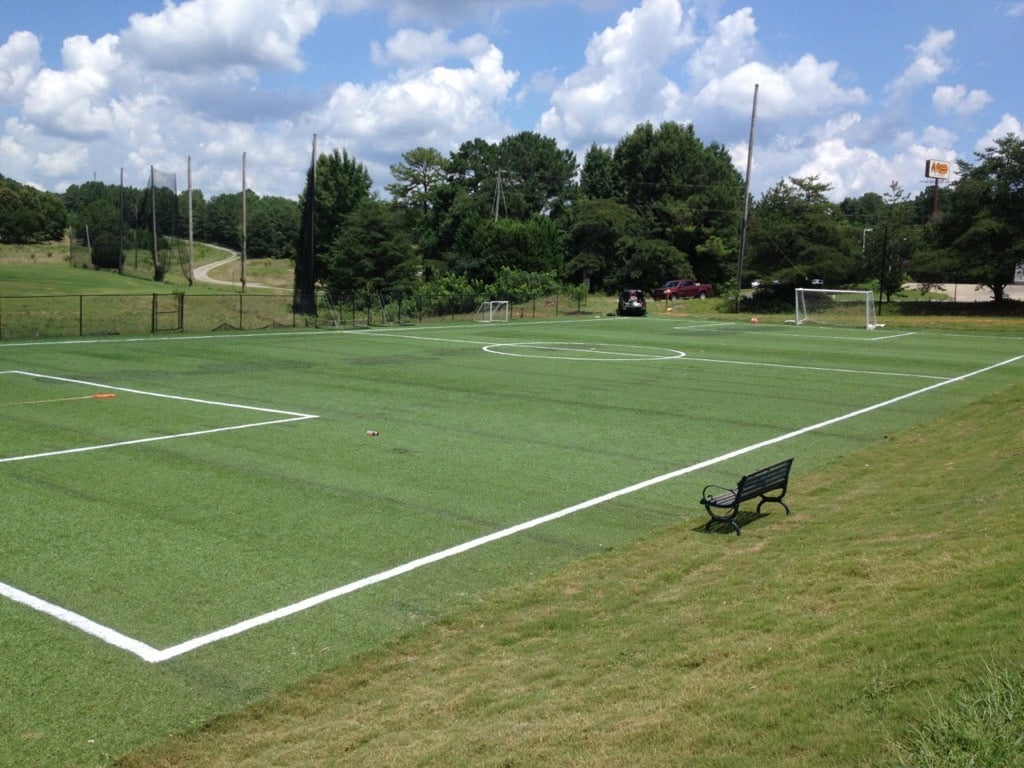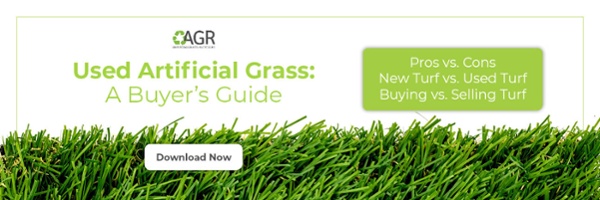Indoor sports arenas have never been more popular than they are today. The concept of bringing sports that were once only played in outdoor arenas is ideal in areas where the heat and humidity are significant, or there’s the demand for playing certain types of sports outside their traditional seasons. When designing the indoor venue, it makes sense to consider what artificial grass offers for indoor sports. Here are some of the qualities to look at closely.
The Thickness and Texture of the Turf
When people first hear anyone mention the use of synthetic grass for an indoor sporting venue, they tend to hesitate. That’s because they are remembering the stiff blades that were common with artificial turf decades ago. The thing they need to understand is that today’s synthetic turf is not anything like the products offered all those years ago.
Today’s grass has a thickness and texture that is just like the real thing. Just as real grass provides the right amount of bounce and cushioning for the running, tagging, and other activities that take place during sporting events, the artificial grass on the market today has all the same qualities. Each blade is soft to the touch and is not going to leave the players with scratches just because they end up flat on the ground.

Keeping the Field Looking Its Best
When real grass is used for an outdoor sporting venue, maintaining the field is a constant chore. There’s the need to mow the grass to be the ideal height for every event. When bare spots begin to appear, that calls for some extra fertilizer and bringing in some fresh sod. Frequent watering is needed to ensure the field remains lush green at all times.
All these measures are still needed to maintain real grass in an indoor venue. Added to these measures for upkeep, you will also need to find a way to ensure the natural grass receives enough exposure to light. Without it, the grass will not last for long and it will need to be replaced frequently.
The best way to avoid all of these expenses is to choose artificial grass for the indoor venue. The field will never need mowing. At best, it will need raking to ensure that the blades remain at their best. You can forget about watering, fertilizing, or having to do something about the bare spots that develop when grass dies. You also don’t have to supply a source of light in order to keep the field green and full.
More Water for the Community
While there’s usually plenty of water to go around, several weeks without rain is usually enough for the city council to urge everyone in the community not to water their lawns for a while. Think of how much water it takes to maintain a playing field. Even an indoor field that has the benefit of climate control will still need some water.
If that field is covered with artificial grass rather than real grass, there is no need to water the field at all. By reducing the demand for water in the community, the water supply will stretch a little further until the rains return and replenish those local rivers, reservoirs, and other sources used by the local water authority.
Plenty of Color Choices
While you know that the grass for the indoor field needs to be green, what shade of green would be best? Synthetic turf comes in any shade that you can imagine. You also get to choose the style along with the shade that’s right for your venue.
While green is the most likely choice, did you know that it is possible to invest in synthetic grass in different colors? This makes it easy to use green for many parts of the field, and also use other colors to create permanent striping, goal lines, and other elements. If you like, it’s even possible to use the home team colors for the entire field. Try doing that with the real thing.

A Longer Life
It’s true that real grass will last for a long time, given the right set of circumstances and the ideal level of care. Even so, it’s hard to contend that the real thing will outlast a high-quality artificial grass playing field. The durable nature of the synthetic grass allows it to hold up to a lot of wear and tear. From one season to the next, the grass will retain its appearance.
Synthetic Grass is Recyclable
When real grass dies, there’s only so much that you can do with it. At best, it can be processed for use as additives in fertilizers. The nice thing about synthetic grass is that after it provides decades of service, the product can be removed and recycled into raw materials for the creation of brand-new items.
That old artificial grass may be broken down and used to create new synthetic ground cover. It may also be utilized in the creation of other types of goods like plastic dinnerware, storage containers, and a number of other products. The point is that when the landscaper rips up the old turf, it will not end up in a landfill. Those materials will live on long after they depart the field.
An Affordable Option
Much of the focus of using synthetic turf for an indoor arena focuses on the savings in the years to come. While that’s important, don’t lose sight of the fact that the upfront costs of purchase and installation are more affordable than many people think. Depending on the size of the playing field and the type of grass the owners have in mind, the cost for the artificial grass may be the same or only a little more than the real thing.
During discussions of how to make the indoor sports arena the best it can be, don’t overlook the value of artificial turf. Talk with a professional and look at some samples. It won’t take long to understand why this choice is the best way to save money and also ensure the arena is a true asset to the community.
Tags:
Turf for SportsOct 19, 2016 6:03:41 AM


